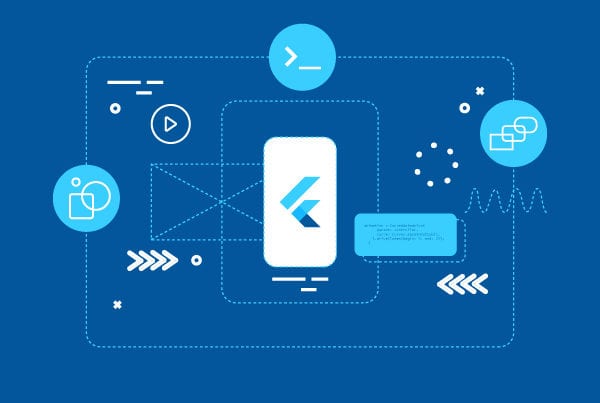In today’s fast-paced digital landscape, mobile app deployment has become a critical aspect of a successful software development process. Users expect frequent updates and new features, and businesses need to stay agile to remain competitive. DevOps, the combination of development and operations, has emerged as a set of best practices and principles that help streamline the mobile app deployment process and ensure a seamless experience for both developers and end-users.
DevOps Best Practices
Automation is Key
Automating as many aspects of the mobile app deployment pipeline as possible is a cornerstone of DevOps. This includes automating code integration, testing, and deployment. Tools like Jenkins, Travis CI, and GitLab CI/CD can be invaluable in automating these processes. Automation not only reduces the chance of human error but also accelerates the deployment process, enabling you to deliver updates to your users faster.
Version Control
Implement a robust version control system, such as Git, and encourage all team members to follow best practices for branching and merging. This ensures that the codebase is always in a deployable state and makes it easier to manage multiple versions of your mobile app.
Continuous Integration (CI)
CI is the practice of continuously integrating code changes into a shared repository, allowing teams to detect and fix integration issues early. With mobile app development, CI can help ensure that new features or bug fixes don’t disrupt the overall functionality of the app.
Automated Testing
Implement automated testing, including unit tests, integration tests, and UI tests. Automated testing provides a safety net that catches issues before they reach your users. Services like Appium, Espresso, and XCUITest can help automate mobile app testing on different platforms.
Containerization
Containerization, using tools like Docker, can simplify the deployment process. Containers encapsulate the application and its dependencies, ensuring consistency across different environments, from development to production.
Continuous Delivery (CD)
CD extends the CI process by automatically deploying code changes to various environments, such as development, staging, and production. This allows for continuous testing and validation at each stage and can significantly reduce the risk of deployment-related issues.
Monitoring and Feedback Loops
Implement monitoring tools to keep an eye on the performance and stability of your mobile app in real-time. Services like New Relic, Firebase, and Splunk can provide valuable insights. Additionally, establish feedback loops to gather user feedback and bug reports, enabling quick response and iteration.
Security First
Security is a top concern in mobile app deployment. Regularly scan your code and dependencies for vulnerabilities, and ensure that sensitive data is handled securely. Tools like OWASP ZAP and static code analysis tools can help identify security weaknesses.
Immutable Infrastructure
Use immutable infrastructure to reduce configuration drift and ensure that the deployment environment is consistent. Tools like Ansible and Puppet can help you manage infrastructure as code.
Documentation and Knowledge Sharing
Ensure that all deployment processes and configurations are well-documented. This helps in knowledge sharing within the team and ensures that new team members can quickly get up to speed with the deployment pipeline.
Failures Are Learning Opportunities
Embrace the culture of learning from failures. When things go wrong, conduct post-mortems to identify the root causes and implement improvements to prevent similar issues in the future.
Scalability and Load Testing
As your mobile app grows, be prepared to handle increased user loads. Regularly perform scalability and load testing to ensure your infrastructure can handle the demand.
Conclusion on DevOps Best Practices
In conclusion, implementing DevOps best practices for mobile app deployment is essential in today’s highly competitive app market. It enables you to release updates faster, reduce errors, and enhance the overall user experience. By automating, testing, and continuously improving your deployment pipeline, you can stay ahead in the ever-evolving mobile app landscape. Keep in mind that DevOps is not a one-size-fits-all solution, and it’s crucial to adapt these practices to your specific needs and requirements to achieve a seamless mobile app deployment process.






